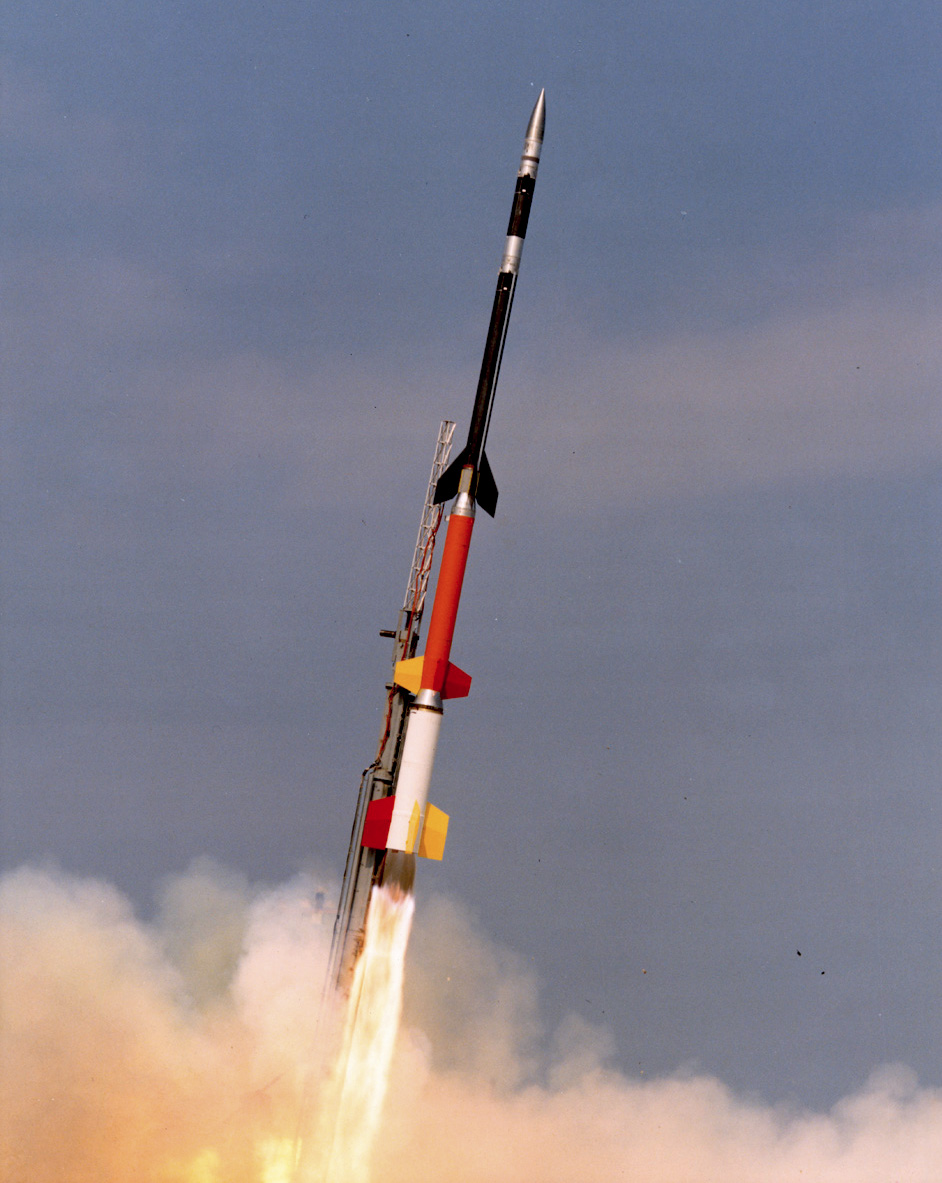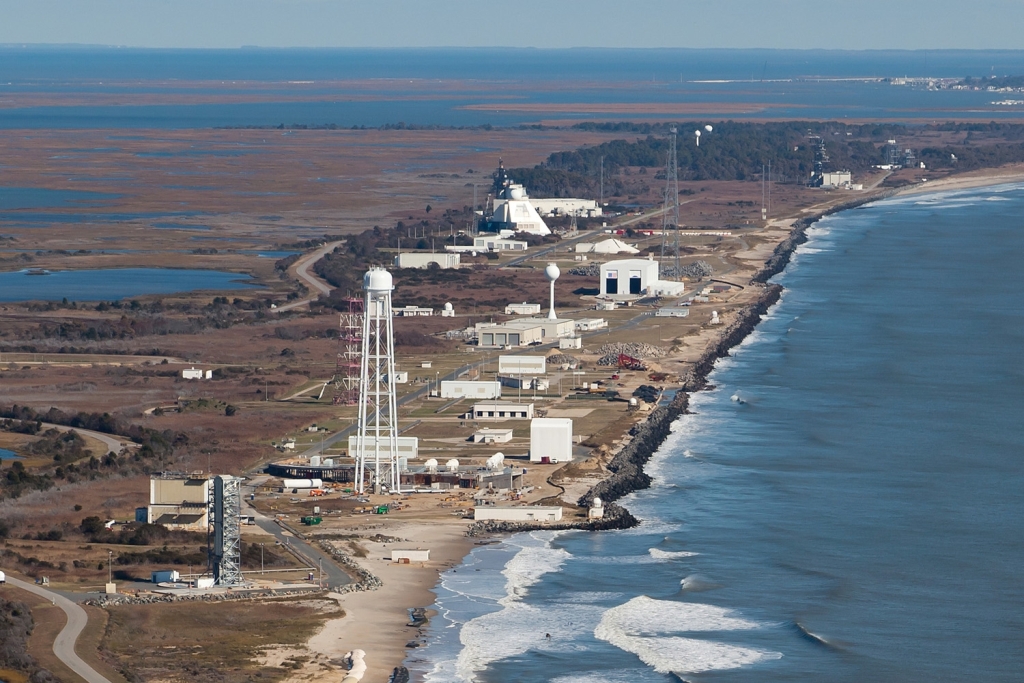|
Taurus Nike Tomahawk TNT
Taurus Nike Tomahawk, or TNT for short, is a sounding rocket which was first built in 1983. When it was in operation it was used to explore the upper atmosphere. The TNT was created by Wallops Flight Facility by combining a Taurus motor (the M6 engine from the Honest John rocket as a first stage with a Nike Hercules Aerospace M5E1 solid fuel booster as a second stage, and a Tomahawk sounding rocket as the sustainer. The upper two stages together are also known as the Nike Tomahawk. The TNT flew 17 missions between 1 September 1983 and 6 December 1991 with only one failure (success rate of 94%). See also *NASA The National Aeronautics and Space Administration (NASA ) is an independent agency of the US federal government responsible for the civil space program, aeronautics research, and space research. NASA was established in 1958, succeeding t ... References Sounding rockets of the United States {{Rocket-stub ... [...More Info...] [...Related Items...] OR: [Wikipedia] [Google] [Baidu] |
Nike Tomahawk
The Nike stage or Nike booster, a solid fuel rocket motor, was created by Hercules Aerospace for the Nike Ajax (M5) Nike Hercules (M5E1) (and M88 late in Hercules career). It was developed for use as the first stage of the Nike Ajax and Nike Hercules missiles as part of Project Nike. It was subsequently employed in a variety of missiles and multi-stage sounding rockets, becoming one of the most popular and reliable rocket stages, not only in the United States, but also in several other countries around the world.Corliss 1972 p. 24 Sounding rockets based on Nike Booster *The Nike Deacon has a ceiling of 189 km, a takeoff thrust of 217 kN, a takeoff weight of 710 kg, a diameter of 0.42 m and a length of 7.74 m. * The Nike Javelin was launched 34 times between 1964 and 1978. The maximum flight altitude of the Nike Javelin was 130 km, the takeoff thrust 217 kN, takeoff weight 900 kg, 0.42 m and length 8.20 m. * The Nike Malemute consists of ... [...More Info...] [...Related Items...] OR: [Wikipedia] [Google] [Baidu] |
Sounding Rocket
A sounding rocket or rocketsonde, sometimes called a research rocket or a suborbital rocket, is an instrument-carrying rocket designed to take measurements and perform scientific experiments during its sub-orbital flight. The rockets are used to launch instruments from 48 to 145 km (30 to 90 miles) above the surface of the Earth, the altitude generally between weather balloons and satellites; the maximum altitude for balloons is about 40 km (25 miles) and the minimum for satellites is approximately 121 km (75 miles). Certain sounding rockets have an apogee between 1,000 and 1,500 km (620 and 930 miles), such as the Black Brant X and XII, which is the maximum apogee of their class. Sounding rockets often use military surplus rocket motors. NASA routinely flies the Terrier Mk 70 boosted Improved Orion, lifting 270–450-kg (600–1,000-pound) payloads into the exoatmospheric region between 97 and 201 km (60 and 125 miles). Etymology The origin of the term ... [...More Info...] [...Related Items...] OR: [Wikipedia] [Google] [Baidu] |
Wallops Flight Facility
Wallops Flight Facility (WFF) is a rocket launch site on Wallops Island on the Eastern Shore of Virginia, United States, just east of the Delmarva Peninsula and approximately north-northeast of Norfolk. The facility is operated by the Goddard Space Flight Center in Greenbelt, Maryland, and primarily serves to support science and exploration missions for NASA and other Federal agencies. WFF includes an extensively instrumented range to support launches of more than a dozen types of sounding rockets; small expendable suborbital and orbital rockets; high-altitude balloon flights carrying scientific instruments for atmospheric and astronomical research; and, using its Research Airport, flight tests of aeronautical research aircraft, including unmanned aerial vehicles. There have been over 16,000 launches from the rocket testing range at Wallops since its founding in 1945 in the quest for information on the flight characteristics of airplanes, launch vehicles, and spacecraft, and ... [...More Info...] [...Related Items...] OR: [Wikipedia] [Google] [Baidu] |
MGR-1 Honest John
The MGR-1 Honest John rocket was the first nuclear-capable surface-to-surface rocket in the United States arsenal.The first nuclear-authorized ''guided'' missile was the MGM-5 Corporal. Originally designated Artillery Rocket XM31, the first unit was tested on 29 June 1951, with the first production rounds delivered in January 1953. Its designation was changed to M31 in September 1953. The first Army units received their rockets by year's end and Honest John battalions were deployed in Europe in early 1954. Alternatively, the rocket was capable of carrying an ordinary high-explosive warhead weighing . History and development Developed at Redstone Arsenal, Alabama, the Honest John was a large but simple fin-stabilized, unguided artillery rocket weighing in its initial M31 nuclear-armed version. Mounted on the back of a truck, the rocket was aimed in much the same way as a cannon and then fired up an elevated ramp, igniting four small spin rockets as it cleared the end of the ... [...More Info...] [...Related Items...] OR: [Wikipedia] [Google] [Baidu] |
Project Nike
Project Nike (Greek: Νίκη, "Victory") was a U.S. Army project, proposed in May 1945 by Bell Laboratories, to develop a line-of-sight anti-aircraft missile system. The project delivered the United States' first operational anti-aircraft missile system, the Nike Ajax, in 1953. A great number of the technologies and rocket systems used for developing the Nike Ajax were re-used for a number of functions, many of which were given the "Nike" name (after Nike, the goddess of victory from Greek mythology). The missile's first-stage solid rocket booster became the basis for many types of rocket including the Nike Hercules missile and NASA's Nike Smoke rocket, used for upper-atmosphere research. History Project Nike began during 1944 when the War Department demanded a new air defense system to combat new jet aircraft, as existing gun-based systems proved largely incapable of dealing with the speeds and altitudes at which jet aircraft operated. Two proposals were accepted. Bell La ... [...More Info...] [...Related Items...] OR: [Wikipedia] [Google] [Baidu] |
Hercules Aerospace
Hercules, Inc. was a chemical and munitions manufacturing company based in Wilmington, Delaware, United States, incorporated in 1912 as the Hercules Powder Company following the breakup of the DuPont explosives monopoly by the U.S. Circuit Court in 1911. Hercules Powder Company became Hercules, Inc. in 1966, operating under this name until 2008, when it was merged into Ashland Inc. An earlier Hercules Powder Company was formed in 1882 by DuPont and Laflin & Rand Powder Company. This company was dissolved on June 30, 1904. Hercules was one of the major producers of smokeless powder for warfare in the United States during the 20th century. At the time of its spin-off, the DuPont Corp. retained the processes and patents for the production of "single-base" nitrocellulose gunpowders, whereas Hercules was given the patents and processes for the production of "double-base" gunpowders that combined nitrocellulose and nitroglycerine. History A special formulation of dynamite was p ... [...More Info...] [...Related Items...] OR: [Wikipedia] [Google] [Baidu] |
TE-416 Tomahawk
The TE-416 Tomahawk is a rocket developed by the American company Thiokol at the beginning of the 1960s for Sandia National Laboratories. Although the TE-416 Tomahawk can be launched alone, it was started predominantly as upper stage in connection with other rockets, for example with a Nike rocket as first stage (Nike Tomahawk The Nike stage or Nike booster, a solid fuel rocket motor, was created by Hercules Aerospace for the Nike Ajax (M5) Nike Hercules (M5E1) (and M88 late in Hercules career). It was developed for use as the first stage of the Nike Ajax and Nike He ...). The TE-416 Tomahawk has a thrust of and a burn time of 9.5 seconds. The diameter of the TE-416 tomahawk is and the fin span is . References External linkshttp://www.designation-systems.net/dusrm/app4/tomahawk.html Rockets and missiles {{rocket-stub es:Misil Tomahawk ... [...More Info...] [...Related Items...] OR: [Wikipedia] [Google] [Baidu] |
Nike Tomahawk
The Nike stage or Nike booster, a solid fuel rocket motor, was created by Hercules Aerospace for the Nike Ajax (M5) Nike Hercules (M5E1) (and M88 late in Hercules career). It was developed for use as the first stage of the Nike Ajax and Nike Hercules missiles as part of Project Nike. It was subsequently employed in a variety of missiles and multi-stage sounding rockets, becoming one of the most popular and reliable rocket stages, not only in the United States, but also in several other countries around the world.Corliss 1972 p. 24 Sounding rockets based on Nike Booster *The Nike Deacon has a ceiling of 189 km, a takeoff thrust of 217 kN, a takeoff weight of 710 kg, a diameter of 0.42 m and a length of 7.74 m. * The Nike Javelin was launched 34 times between 1964 and 1978. The maximum flight altitude of the Nike Javelin was 130 km, the takeoff thrust 217 kN, takeoff weight 900 kg, 0.42 m and length 8.20 m. * The Nike Malemute consists of ... [...More Info...] [...Related Items...] OR: [Wikipedia] [Google] [Baidu] |
NASA
The National Aeronautics and Space Administration (NASA ) is an independent agency of the US federal government responsible for the civil space program, aeronautics research, and space research. NASA was established in 1958, succeeding the National Advisory Committee for Aeronautics (NACA), to give the U.S. space development effort a distinctly civilian orientation, emphasizing peaceful applications in space science. NASA has since led most American space exploration, including Project Mercury, Project Gemini, the 1968-1972 Apollo Moon landing missions, the Skylab space station, and the Space Shuttle. NASA supports the International Space Station and oversees the development of the Orion spacecraft and the Space Launch System for the crewed lunar Artemis program, Commercial Crew spacecraft, and the planned Lunar Gateway space station. The agency is also responsible for the Launch Services Program, which provides oversight of launch operations and countdown management f ... [...More Info...] [...Related Items...] OR: [Wikipedia] [Google] [Baidu] |




